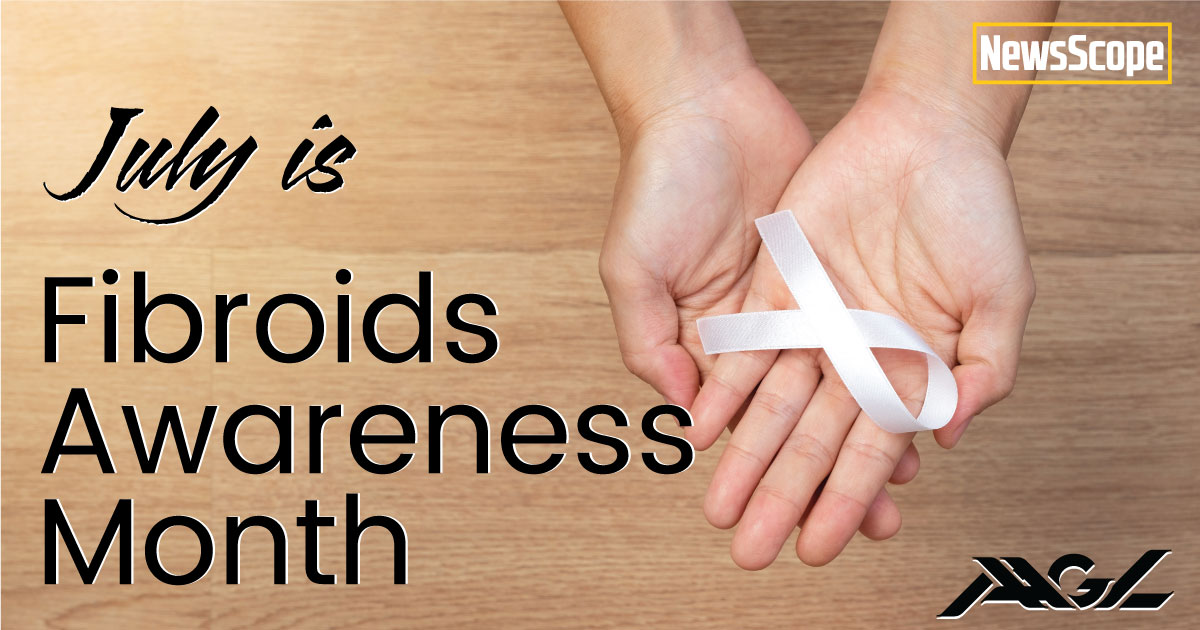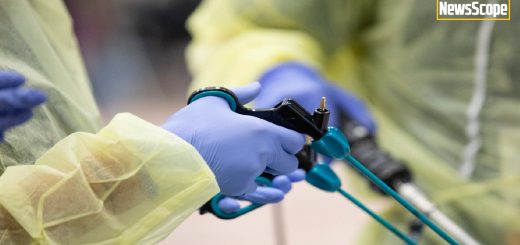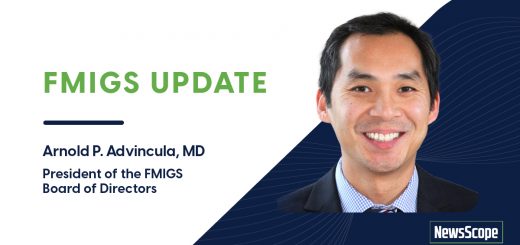Fibroids ≠ Hysterectomy
“That’s reckless” said the General Ob/Gyn Board Examiner to my MIGS fellow after she presented an uncomplicated robotic myomectomy and salpingectomy in a 46-year-old with symptomatic fibroids.
The patient had a long history of fibroids, but symptoms had progressed. Two fibroids (526g) were removed, EBL was 150mL, fallopian tubes were removed for risk reduction, the patient went home POD#0 and returned to work POD#14. The patient had completed childbearing but wished to retain her uterus because it defined her femininity.
The Merriam-Webster dictionary defines reckless as irresponsible, marked by lack of proper caution, careless of consequences (1). This patient had years of imaging including MRI showing well circumscribed, calcified fibroids. The patient had been counseled including the risks of fibroid recurrence, need for additional intervention, occult malignancy, iatrogenic spread and/or difficult staging in the event of malignancy. The patient and the provider made thoughtful and calculated choices. My fellow passed her boards and proudly, she continues to offer patients a choice.
Traditional teaching has been for hysterectomy rather than myomectomy for symptomatic fibroids in a patient whose childbearing is complete. In honor of Fibroids Awareness Month, we pause to recognize that medicine and physicians have evolved. We now have treatment options for fibroids that avoid major surgery, and we are moving away from physician as the dictator-of-care into shared decision-making models.
No two patients share the same story, the same fibroids or the same treatment values, desires and/or wishes. So why would we assume that one surgery fits all?
The struggle is not in the straightforward but in the shades of gray. Take for example the following two patients who both desire myomectomy; a 44yo G0 with a uterus to her xiphoid, riddled with innumerable small to medium size fibroids and a 64yo with urinary frequency, an 8cm fibroid and no previous imaging. Contrary to some board examiners, I don’t always know the right answers. Medicine is filled with tough questions and uncertain answers. Medicine will remain an art, an art that is subject to scrutiny.
But traditional thinking must be changed; age and childbearing wishes alone cannot be the sole criteria for myomectomy vs hysterectomy. Instead, the following should be shared:
- Fibroids recur: rates of myomas after myomectomy were 53% at 5 years and 84% at 8 years and the rates of reoperation were 7% and 16% (2).
- The risk of sarcoma is small: according to a 2015 meta-analysis (64 prospective and 70 retrospective studies) of patients undergoing surgery for presumed benign fibroids, the overall rate of leiomyosarcoma was 0.05 (1 in 2000) surgeries (3)
- The risk of cancer increases with increasing age: data from US hospital database of 41,777 patients undergoing myomectomy, increasing age was significantly associated with an increased risk of uterine cancer; risk of occult uterine cancer stratified by age was <40 years 1 in 2337, 40 to 49 years 1 in 702, 50 to 59 years 1 in 154, and ≥60 years 1 in 31. (4)
It’s time to rethink the dogma of childbearing complete = hysterectomy as the treatment of “choice” for uterine fibroids because your “choice” may be different than mine.
References:
- “Reckless.” Merriam-Webster.com Dictionary, Merriam-Webster, https://www.merriam-webster.com/dictionary/reckless. Accessed 2 Jul. 2023.
- Yoo EH, Lee PI, Huh CY, Kim DH, Lee BS, Lee JK, Kim D. Predictors of leiomyoma recurrence after laparoscopic myomectomy. J Minim Invasive Gynecol. 2007; 14(6): 690.
- Pritts EA, Vanness DJ, Berek JS, Parker W, Feinberg R, Feinberg J, Olive DL. The prevalence of occult leiomyosarcoma at surgery for presumed uterine fibroids: a meta analysis. Gynecol Surg. 2015; 12(3): 165-177.
- Wright JD, Tergas AI, Cui R, Burke WM, Hou JY, Ananth CV, Chen L, Richard C, Neugut AI, Hershman DL. Use of electric power morcellation and prevalence of underlying cancer in women who undergo myomectomy. JAMA Oncol. 2015 Apr;1(1): 69-77.




